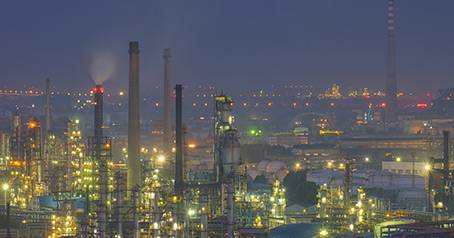ኅዳር . 25, 2024 15:41 Back to list
Water Pressure Regulation Valve for Efficient Flow Management and System Stability
Understanding Water Pressure Control Valves
Water pressure control valves are essential components in modern plumbing systems, particularly in residential and commercial buildings. They play a critical role in maintaining optimal water pressure, which ensures the smooth functioning of plumbing fixtures and appliances. This article aims to provide an overview of the importance, operation, and types of water pressure control valves.
What is a Water Pressure Control Valve?
A water pressure control valve is a device installed in a plumbing system to regulate and maintain a specific level of pressure within the water supply. By adjusting the flow of water based on pressure fluctuations, these valves protect plumbing fixtures from damage caused by excessive pressure and prevent wastage of water.
Importance of Water Pressure Control Valves
1. Prevention of Damage High water pressure can lead to significant damage over time, including leaks, burst pipes, and failure of appliances such as washing machines and water heaters. A pressure control valve ensures that the water pressure remains within safe limits, extending the lifespan of plumbing systems.
2. Water Efficiency By modulating water usage, these valves help reduce water wastage. This is especially important in areas facing water scarcity, making water pressure control valves an eco-friendly solution that contributes to water conservation efforts.
3. Comfort and Safety Maintaining consistent water pressure ensures a comfortable experience when using showers, faucets, and other fixtures. Fluctuations in pressure can lead to problems such as sudden bursts of water or inadequate flow, which can be inconvenient and even dangerous.
How Do They Work?
water pressure control valve

Water pressure control valves function by automatically adjusting the flow of water in response to changes in pressure. These valves typically feature a diaphragm or piston mechanism that reacts to pressure changes. When the pressure exceeds a preset level, the valve closes partially to restrict flow, thereby reducing pressure. Conversely, if the pressure drops below the desired level, the valve opens to allow more water to flow, thereby increasing pressure.
Types of Water Pressure Control Valves
There are several types of water pressure control valves, including
1. Pressure Reducing Valves (PRVs) These are the most common type, designed to lower incoming water pressure to a manageable level for residential use.
2. Adjustable Pressure Valves These allow users to set their desired pressure level manually, providing flexibility based on individual needs.
3. Automatic Control Valves These valves can automatically adjust to varying demand and pressure conditions without human intervention, making them suitable for larger systems.
Conclusion
Water pressure control valves are vital to maintaining the efficiency and longevity of plumbing systems. By understanding their importance, operation, and types, homeowners and property managers can make informed decisions about installation and maintenance. Investing in quality pressure control valves not only fosters a safer and more comfortable living environment but also contributes to water conservation efforts—ultimately benefiting both the household and the community at large.
-
Thread Plug Gauge Our Promise of Measurement ExcellenceNewsAug.22,2025
-
Gauge Pin Class Reflecting Quality LegacyNewsAug.22,2025
-
Check Valve Types for High Rise BuildingsNewsAug.22,2025
-
Water Control Valve for Irrigation SystemsNewsAug.22,2025
-
Gate Valve with Soft Seal TechnologyNewsAug.22,2025
-
Y Type Strainer for Oil and Gas ApplicationsNewsAug.22,2025
Related PRODUCTS









